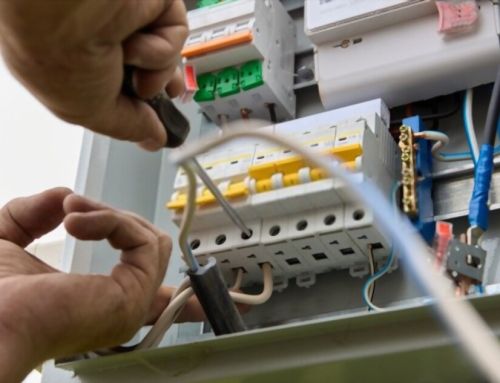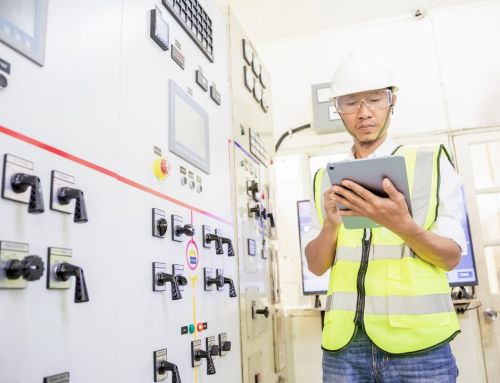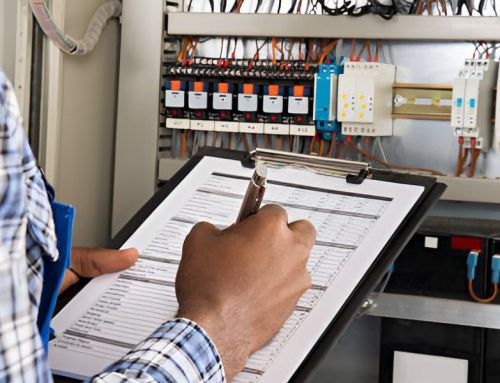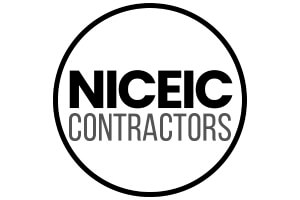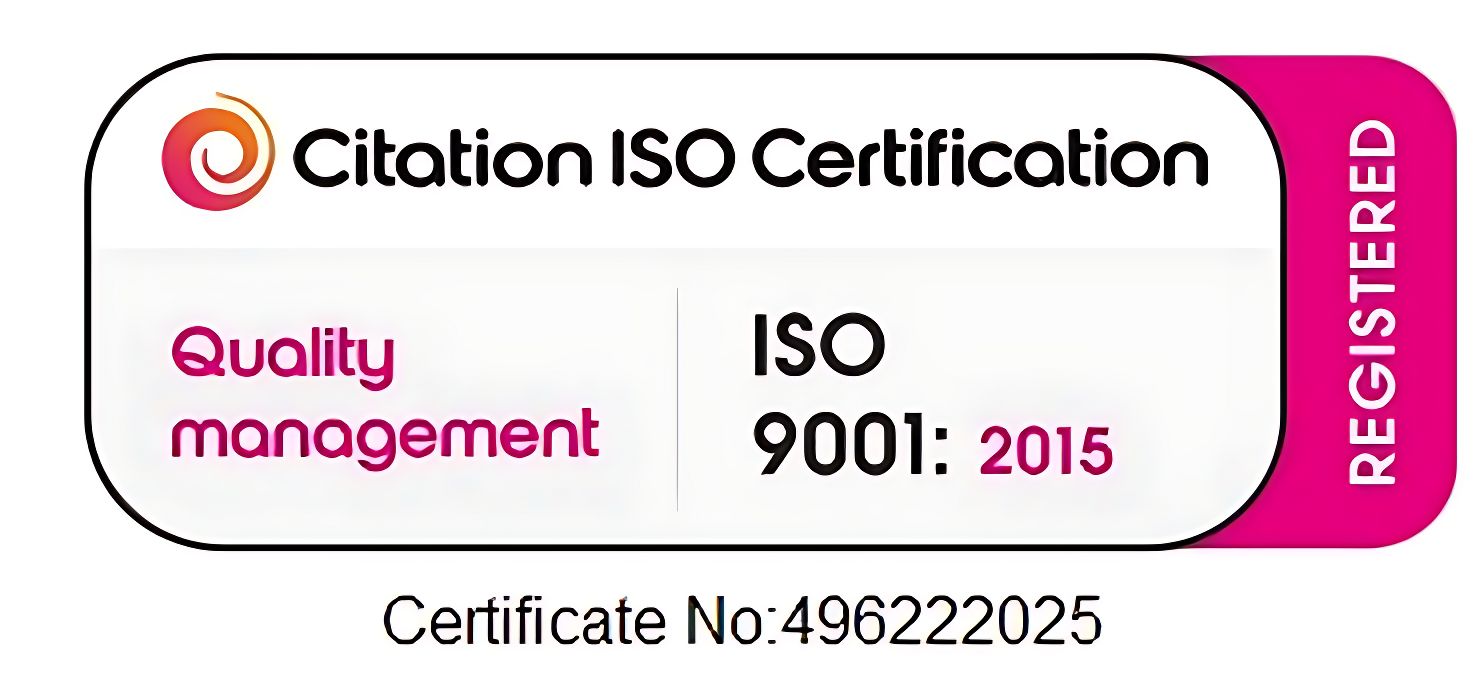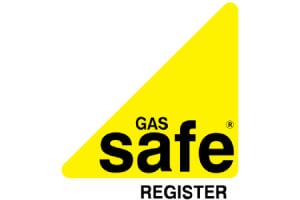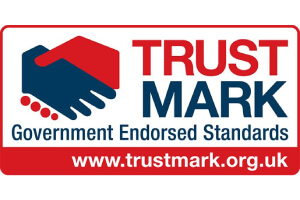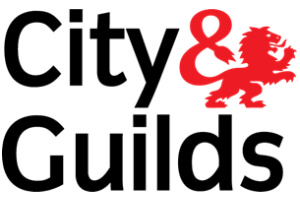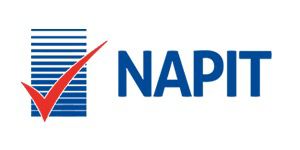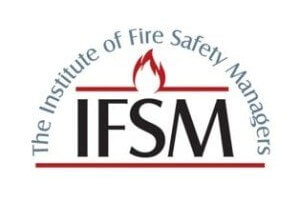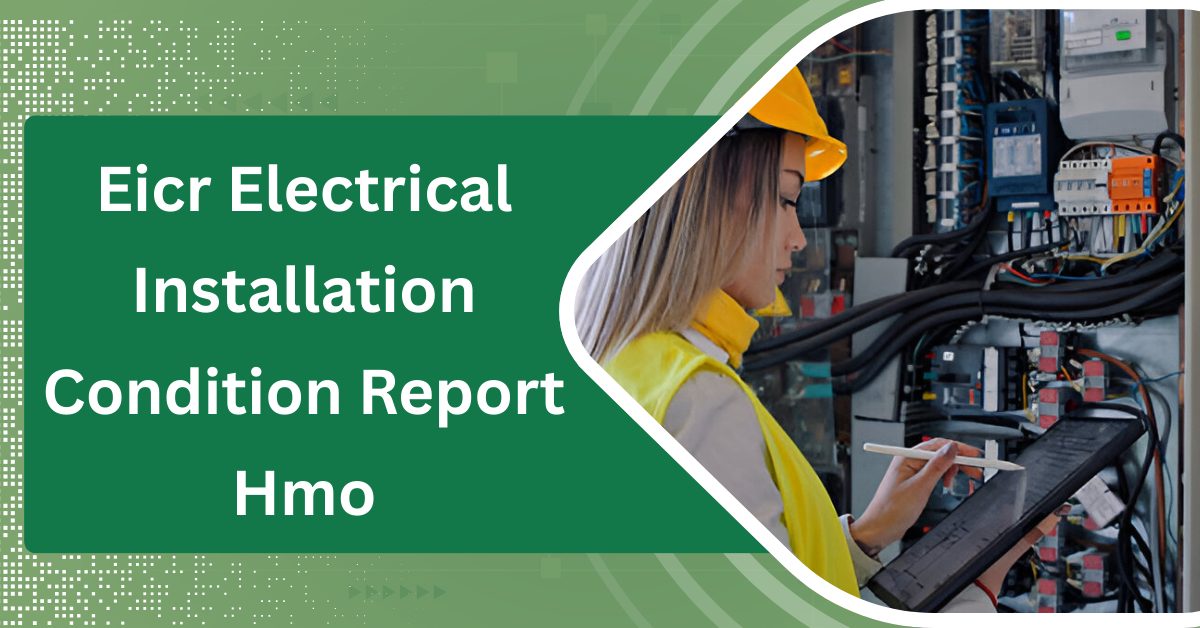
EICR Electrical Installation Condition Report HMO inspections are essential for ensuring electrical safety in Houses in Multiple Occupation (HMOs). The Electrical Installation Condition Report (EICR) evaluates compliance with safety regulations, identifying potential hazards and recommending necessary remedial actions. Legally, EICRs must be conducted every five years or upon tenancy changes. Property owners face severe penalties for non-compliance, which can increase tenant safety risks. Understanding the components and processes involved in an EICR is critical for maintaining safety and legal adherence in HMOs. More insights follow.
Key Takeaways
- An EICR is essential for HMOs, ensuring electrical systems are safe, compliant, and reducing risks of hazards and failures.
- Under the Housing Act 2004, EICRs must be conducted every five years and upon change of tenancy.
- The assessment includes visual inspections, insulation testing, earth continuity checks, and circuit evaluations to ensure compliance.
- Without a valid EICR, landlords face legal penalties, increased safety risks, and potential financial repercussions from regulatory issues.
- Selecting a qualified electrician experienced with HMOs ensures thorough evaluations and effective rectification of any identified hazards.
Understanding the Electrical Installation Condition Report (EICR)
When evaluating the safety and performance of electrical installations, the Electrical Installation Condition Report (EICR) serves as a crucial evaluation tool.
Adhering to EICR guidelines, this report meticulously assesses the condition of electrical systems to guarantee compliance with regulations and standards. It identifies potential hazards, providing a detailed analysis of electrical safety.
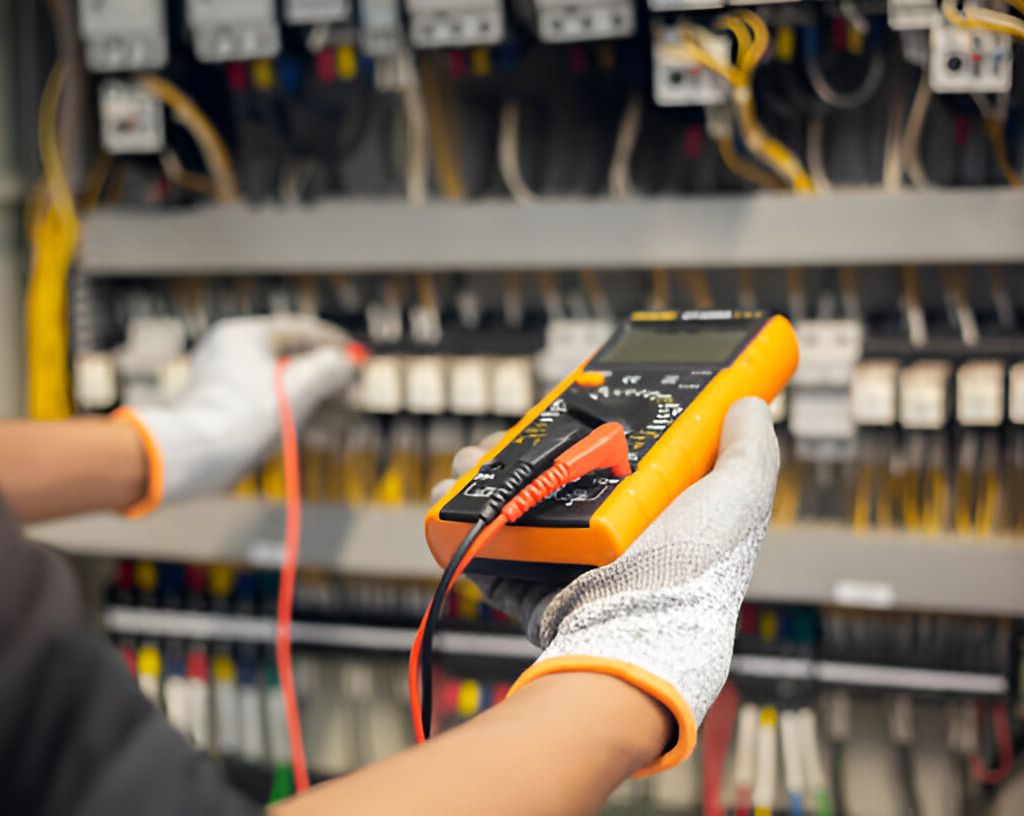
The EICR includes recommendations for necessary remedial actions, thereby facilitating proactive management of electrical installations. By systematically examining aspects such as earthing, bonding, and circuit integrity, the EICR plays an essential role in safeguarding both property and lives, reinforcing the imperative nature of rigorous electrical safety assessments.
Importance of EICR for a House in Multiple Occupation (HMO)
The significance of the Electrical Installation Condition Report (EICR) for Houses in Multiple Occupation (HMOs) cannot be overstated, as it is instrumental in guaranteeing the safety and compliance of complex electrical systems.
EICR benefits extend beyond basic safety assurance; they encompass risk mitigation, enhanced property value, and tenant satisfaction.
Regular EICR assessments are crucial for HMO compliance, as they identify potential hazards and guarantee that electrical installations meet regulatory standards.
This proactive approach not only safeguards occupants but also protects landlords from legal repercussions, ultimately fostering a safer living environment in multifamily housing scenarios.
Legal Requirements for EICR in HMOs
Legal requirements for Electrical Installation Condition Reports (EICR) in Houses in Multiple Occupation (HMOs) are governed by various regulations aimed at guaranteeing tenant safety and property compliance.
EICR compliance is mandated under the Housing Act 2004, specifically targeting electrical safety in HMOs. Landlords must guarantee that an EICR is conducted at least every five years, or upon a change of tenancy.
Additionally, HMO regulations stipulate that any identified hazards must be rectified promptly.
Failure to adhere to these legal requirements can result in severe penalties, including financial fines and potential legal action, underscoring the critical nature of EICR compliance.
Components of an EICR Assessment
Conducting an Electrical Installation Condition Report (EICR) evaluation involves a systematic examination of the electrical systems within a property. Key components include visual inspections, electrical testing, and documentation of findings. The methodology encompasses verification of earthing, insulation resistance, and functionality of circuit breakers.
| Component | Description |
|——————–|————————————–|
| Visual Inspection | Evaluating the condition of wiring and fittings |
| Insulation Testing | Measuring resistance of electrical insulation |
| Earth Continuity | Ensuring effective earthing connections |
| Circuit Testing | Evaluating operation of circuit breakers |
| Documentation | Recording results and compliance status |
How Often Should an EICR Be Conducted?
The frequency of conducting an Electrical Installation Condition Report (EICR) is influenced by various factors, including legal requirements and the type of property in question.
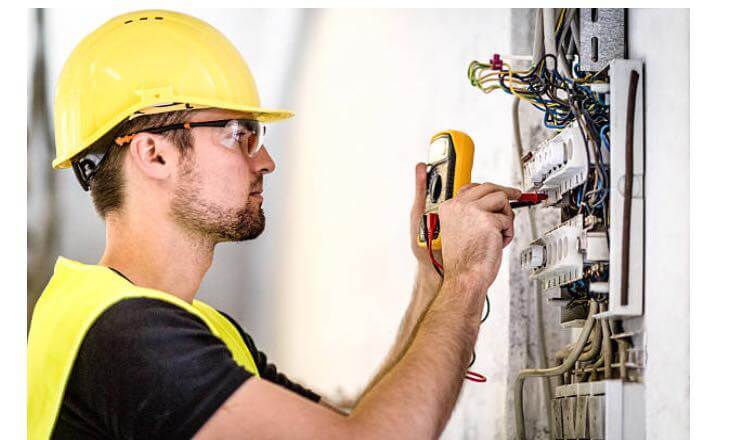
Regulatory guidelines typically dictate specific intervals for different categories of premises, which necessitate a thorough understanding of compliance.
Additionally, property owners should consider recommendations to guarantee safety and reliability in electrical installations.
Legal Requirements Overview
Although regulations may vary, an Electrical Installation Condition Report (EICR) is generally required to be conducted every five years for Houses in Multiple Occupation (HMOs).
Compliance with EICR standards is critical for adhering to HMO regulations, which mandate that electrical installations be safe and well-maintained.
Failure to achieve EICR compliance can result in legal repercussions and jeopardize tenant safety.
Additionally, landlords must guarantee that any recommendations from the EICR are promptly addressed to maintain compliance and uphold the integrity of the electrical systems.
Regular assessments are essential for ongoing safety and regulatory adherence in HMOs.
Property Type Considerations
The frequency of EICR assessments varies considerably based on property type and occupancy status.
In residential settings, such as single-family homes, EICRs may be conducted every five years or upon change of occupancy.
Conversely, high occupancy levels in Houses in Multiple Occupation (HMOs) necessitate more frequent inspections, typically every three years, due to increased electrical usage and associated risks.
Commercial properties, influenced by operational demands and occupancy levels, may require even more regular assessments.
Understanding these distinctions is essential for maintaining electrical safety and compliance, ensuring that property types and their respective occupancy levels dictate appropriate EICR frequency.
Frequency Recommendations Explained
Every property type has specific recommendations regarding the frequency of Electrical Installation Condition Reports (EICRs) based on various factors, including occupancy levels and electrical usage.
In general, residential properties should undergo inspections every five years, while rental properties, particularly Houses in Multiple Occupation (HMOs), require EICRs at least every three years or upon tenancy changes.
Commercial properties typically adhere to shorter frequency intervals, often necessitating annual assessments due to higher electrical demand.
Adhering to these inspection timelines is essential for ensuring electrical safety and compliance with regulatory standards, minimizing risks associated with electrical faults or failures in diverse property environments.
Consequences of Not Having a Valid EICR
The absence of a valid Electrical Installation Condition Report (EICR) can result in significant legal penalties and fines for landlords, particularly in a House in Multiple Occupation (HMO).
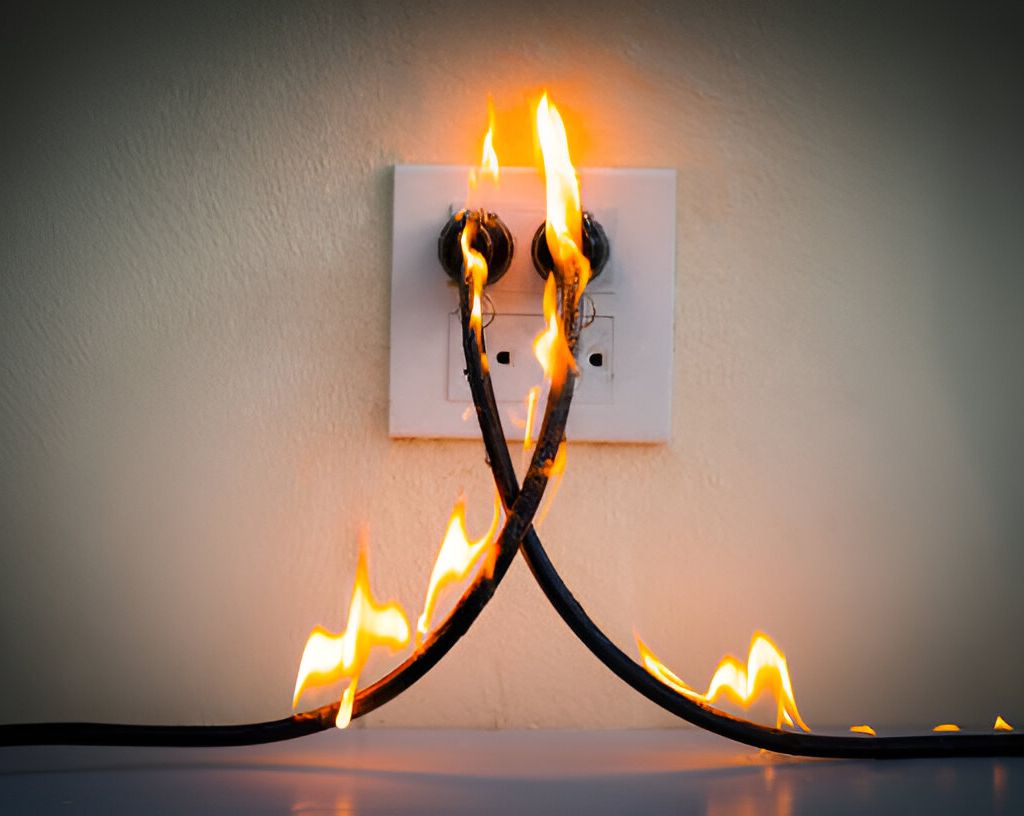
Additionally, without a current EICR, properties are exposed to elevated safety risks and hazards, increasing the likelihood of electrical failures that may endanger occupants.
Consequently, compliance with EICR regulations is essential for legal protection and the safety of residents.
Legal Penalties and Fines
Failure to maintain a valid Electrical Installation Condition Report (EICR) can result in substantial legal penalties and fines for landlords operating Houses in Multiple Occupation (HMOs).
Regulatory bodies enforce rigorous penalty assessments for non-compliance, with fines varying based on the severity of the violation and the potential risk to tenant safety.
Landlords may face significant financial repercussions, including hefty fines and potential criminal liability.
In addition, failure to provide a valid EICR can undermine legal defenses in tenant disputes, amplifying the financial implications.
Consequently, maintaining an up-to-date EICR is not merely advisable; it is essential for legal compliance and financial prudence.
Safety Risks and Hazards
Neglecting to possess a valid Electrical Installation Condition Report (EICR) exposes landlords to significant safety risks and hazards within Houses in Multiple Occupation (HMOs).
The absence of regular inspections increases the likelihood of electrical fires, stemming from undetected issues such as faulty wiring or degradation of components.
Furthermore, circuit overloads can occur when multiple electrical devices are improperly connected, leading to overheating and potential ignition sources.
Without an EICR, landlords not only compromise tenant safety but also face heightened liability risks.
Thorough assessments are essential to mitigate these dangers and guarantee compliance with regulatory standards.
Choosing a Qualified Electrician for EICR
When selecting a qualified electrician for an Electrical Installation Condition Report (EICR), it is essential to take into account their credentials and experience in handling properties classified as Houses in Multiple Occupation (HMO).
A qualified electrician should possess relevant electrical certifications, ensuring compliance with current regulations and standards.

Evaluating their electrician experience, particularly in HMOs, is vital as these properties often have unique wiring configurations and safety requirements.
Evaluating an electrician’s experience with HMOs is crucial due to their unique wiring and safety challenges.
Additionally, seeking references or reviews from prior clients can provide insights into their proficiency and reliability.
Ultimately, selecting an adept electrician will facilitate a thorough and accurate EICR assessment.
Tips for Maintaining Electrical Safety in HMOs
Ensuring electrical safety in Houses in Multiple Occupation (HMOs) is vital, as the unique characteristics of such properties can amplify potential hazards.
Regular electrical inspections are essential to identify and rectify issues before they escalate. Property managers should establish a proactive maintenance schedule, ensuring all electrical systems are up to code.
In addition, tenant education plays an important role; occupants must be informed about safe practices, such as reporting faults immediately and avoiding overloading circuits.
Effective communication fosters a culture of safety, greatly reducing risks. Adhering to these guidelines will enhance the overall safety and integrity of electrical installations in HMOs.
About the Author: LandlordCertificate
Related Posts
Get Social
Recent Posts
- Fire Risk Assessment Review as a Driver of Stronger Safety Control
- Comprehensive EICR London Services for Every Property
- System Planning for Large Buildings with Fire Alarm Installation
- Fire Service Fire Risk Assessment for Stronger Safety Management
- Electrical Risk Clarity Improved Through an EICR Report


